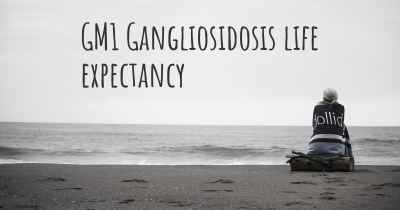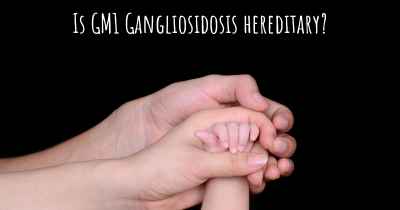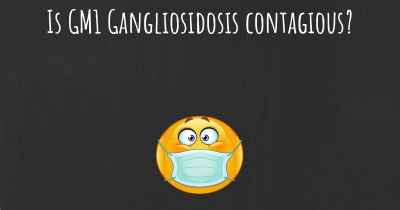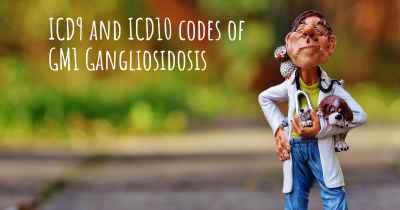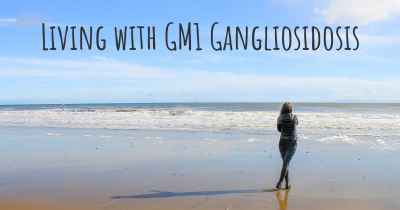What are the latest advances in GM1 Gangliosidosis?
Here you can see the latest advances and discoveries made regarding GM1 Gangliosidosis.
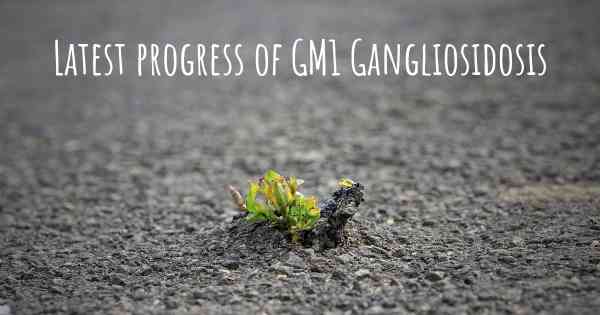
GM1 Gangliosidosis:
GM1 Gangliosidosis is a rare genetic disorder that affects the nervous system. It is caused by a deficiency of an enzyme called beta-galactosidase, which leads to the accumulation of a specific lipid called GM1 ganglioside in various tissues and organs of the body. This accumulation results in progressive damage to the brain and spinal cord, leading to a wide range of symptoms and complications.
Latest Advances:
Over the years, significant progress has been made in understanding GM1 Gangliosidosis and developing potential treatments. Here are some of the latest advances in the field:
1. Gene Therapy:
Gene therapy holds great promise for the treatment of genetic disorders like GM1 Gangliosidosis. Researchers have been exploring the use of viral vectors to deliver the correct version of the faulty gene responsible for the enzyme deficiency. In preclinical studies, gene therapy has shown promising results in animal models, with improvements in motor function and lifespan.
2. Enzyme Replacement Therapy (ERT):
Enzyme replacement therapy involves the administration of the missing enzyme to compensate for the deficiency. Recent studies have focused on developing ERT for GM1 Gangliosidosis. While challenges such as the blood-brain barrier need to be overcome, early results have shown some positive effects, including reduced GM1 ganglioside levels and improved motor function in animal models.
3. Substrate Reduction Therapy (SRT):
SRT aims to reduce the accumulation of GM1 ganglioside by inhibiting its production. Researchers have been investigating the use of small molecules that can interfere with the synthesis of GM1 ganglioside. Preclinical studies have demonstrated the potential of SRT in reducing GM1 ganglioside levels and improving neurological symptoms.
4. Stem Cell Therapy:
Stem cell therapy offers a potential approach to replace the damaged cells in GM1 Gangliosidosis. Researchers have been exploring the use of various types of stem cells, including neural stem cells and induced pluripotent stem cells (iPSCs), to restore enzyme activity and improve neurological function. While still in the early stages of development, stem cell therapy shows promise for future treatment options.
5. Symptomatic Treatment:
While there is currently no cure for GM1 Gangliosidosis, symptomatic treatment plays a crucial role in managing the symptoms and improving the quality of life for affected individuals. This may include physical therapy, occupational therapy, speech therapy, and medications to alleviate specific symptoms such as seizures or muscle stiffness.
Conclusion:
The latest advances in GM1 Gangliosidosis research offer hope for the development of effective treatments in the future. Gene therapy, enzyme replacement therapy, substrate reduction therapy, stem cell therapy, and symptomatic treatment approaches are all being explored to address the underlying causes and symptoms of this rare genetic disorder. While more research and clinical trials are needed, these advancements bring optimism for improved outcomes and a better quality of life for individuals with GM1 Gangliosidosis.
